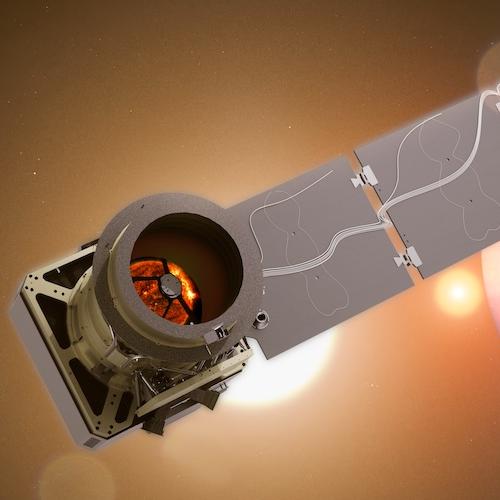Synthesizing multi-sensor, multi-satellite, multi-decadal datasets for global volcano monitoring by M.A. Furtney, CSI member Matthew Pritchard, and colleagues, email: pritchard@cornell.edu
Owing to practical limitations less than half of Earth's 1400 subaerial volcanoes have no ground monitoring and few are monitored consistently. Earth-observing satellite missions provide global and frequent measurements of volcanic activity that are closing these gaps in coverage. We compare databases of global, satellite-detections of ground deformation (1992–2016), SO2 emissions (1978–2016), and thermal features (2000–2016) that together include 306 volcanoes. Each database has limitations in terms of spatial and temporal resolution but each technique contributed 45–86 unique detections of activity that were not detected by other techniques. Integration of these three databases shows that satellites detected ~102 volcanic activities per year before the year 2000 and ~103 activities per year after the year 2000. We find that most of the 54 erupting volcanoes without satellite-detections are associated with low volcano explosivity index eruptions and note that many of these eruptions (71%, 97/135) occurred in the earliest decades of remote sensing (pre-2000) when detection thresholds were high. From 1978 to 2016 we conduct a preliminary analysis of the timing between the onset of satellite-detections of deformation (N = 154 episodes, N = 71 volcanoes), thermal features (N = 16,544 episodes, N = 99 volcanoes), and SO2 emissions (N = 1495 episodes, N = 116 volcanoes) to eruption start dates. We analyze these data in two ways: first, including all satellite-detected volcanic activities associated with an eruption; and second, by considering only the first satellite-detected activity related to eruption. In both scenarios, we find that deformation is dominantly pre-eruptive (47% and 57%) whereas available databases of thermal features and SO2 emissions utilizing mainly low-resolution sensors are dominantly co-eruptive (88% and 76% for thermal features, 97% and 96% for SO2 emissions).





